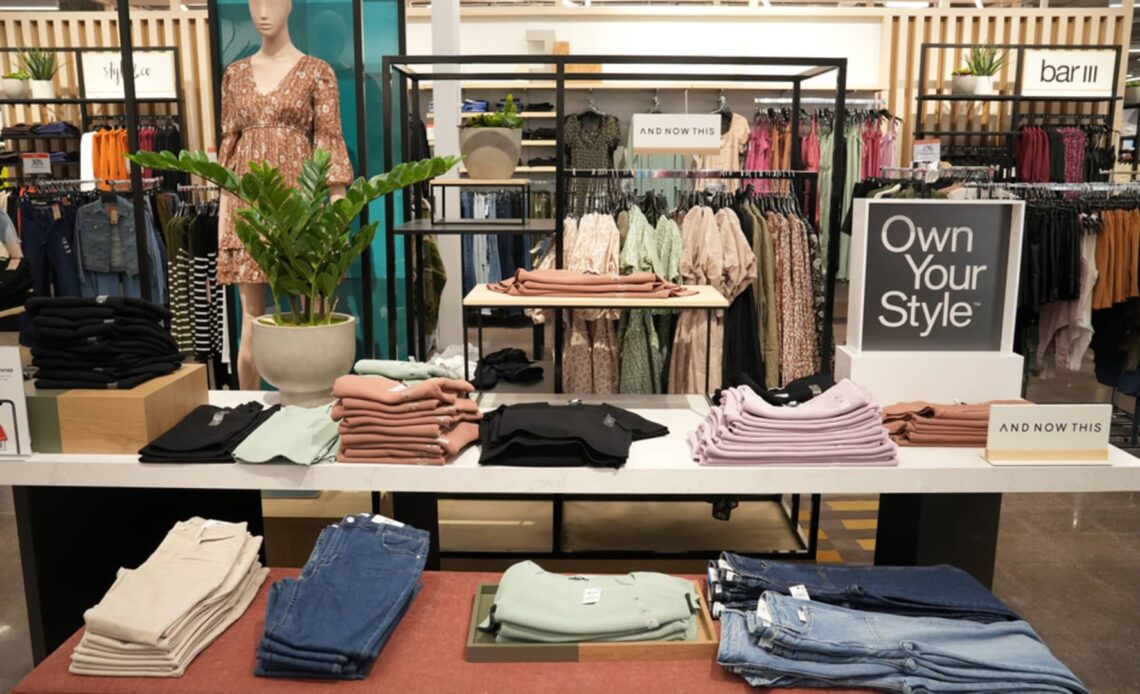Macy’s is opening more small-format stores across the country. They are roughly one fifth the size of its typical locations.
Macy’s
Macy’s on Tuesday said it will open up to 30 smaller stores in strip malls over the next two years, as the retailer chases customers out of dying malls and into bustling suburbs.
The company did not announce locations, but said the additional stores will start to open next year.
The expansion marks an inflection point for the department store operator, which has looked for ways to refresh its legacy brand, cope with dwindling mall traffic and compete with retailers that have stolen away shoppers. Macy’s has faced even more challenges in the past six months, as middle-income Americans — who drive most sales at its namesake stores and website — watch their spending and rack up debt on their credit cards. The company cut its full-year forecast this summer and expects weak sales to persist.
Chief Stores Officer Marc Mastronardi said small-format stores are part of the solution. Macy’s has tested the shops, which are roughly one-fifth the size of its traditional mall stores, for nearly four years. The stores offer a slimmed-down mix of merchandise, host local events, and have a more modern and open look. Plus, they’re next to big-box stores, grocers and popular off-price retailers like TJX-owned T.J. Maxx.
“The high level of convenience in places that have a lot of traffic — that’s been the secret sauce,” Mastronardi said.
Macy’s smaller, off-mall stores have spacious fitting rooms and a curated mix of merchandise that’s frequently swapped out. Beauty, toys and career apparel have been big sellers at the stores.
Macy’s
The off-mall stores have put up stronger results than the rest of Macy’s. And based on the company’s own shopper surveys, the stores get high marks for being easy to shop, neat, and staffed by helpful and friendly employees, Mastronardi said.
Macy’s small-format stores open for more than one fiscal year have posted comparable sales growth on an owned-plus-licensed basis from the beginning of the fiscal year, which began in late January, through the fiscal second quarter, which ended July 29. Comparable sales, a retail industry metric, aims to take out the impact of store openings, closures and renovations to allow better year-over-year comparisons.
Across the rest of the company, comparable sales on an owned-plus-licensed basis declined by roughly 7% in both the fiscal first quarter and fiscal second quarter. Along…
Click Here to Read the Full Original Article at Top News and Analysis (pro)…


